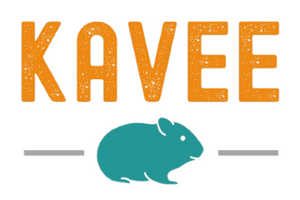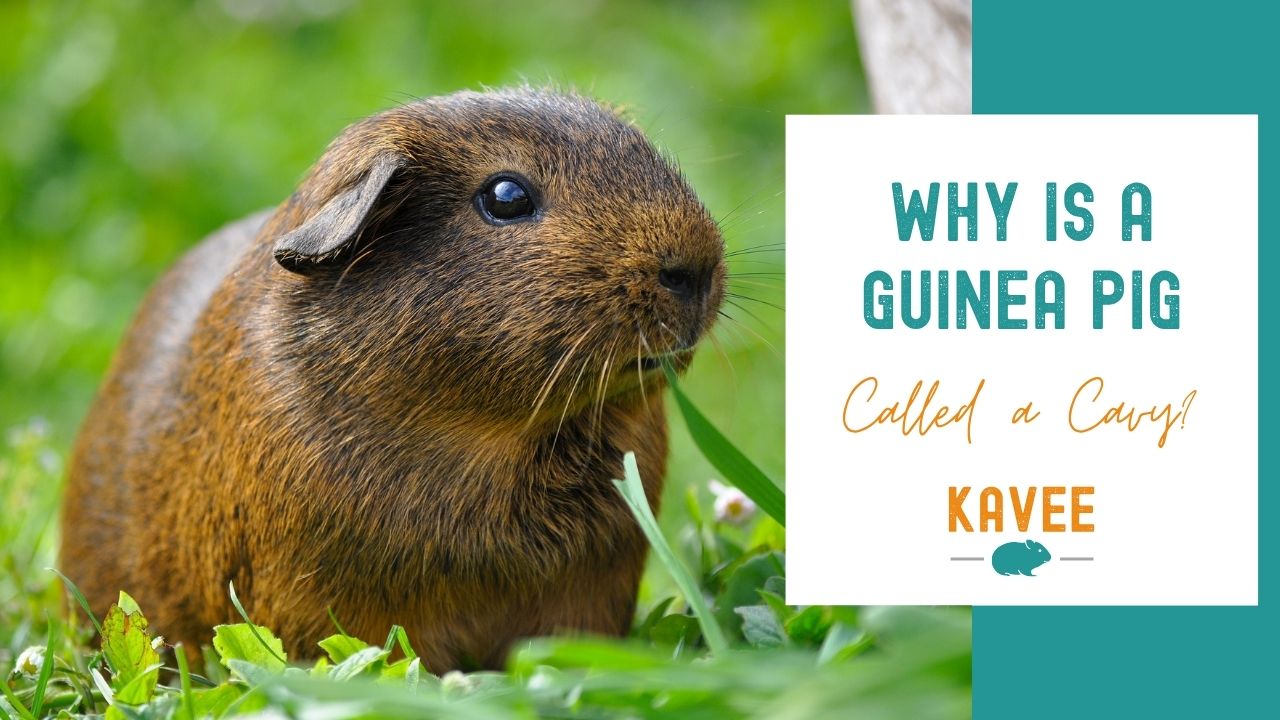There are some things that new guinea pig owners learn immediately about their new furry friend. Like how often they poop, how much they love to eat, and how irresistibly cute they look. But what about the history of their small pet, and why are they called the way they are?
For example, did you know that guinea pigs are called ‘cavies’ due to their scientific name, ‘Cavia porcellus’? Which is still used to address them with the shortened version, ‘cavy’. Let’s take a look at some of the frequently asked questions about guinea pigs and their origins!
Are cavies and guinea pigs the same thing?
Yes, ‘cavies’ is simply another term for ‘guinea pig’. More specifically, ‘Cavia porcellus’ is their scientific name, which indicates that they’re from the Caviidae family and their species is porcellus. While not very catchy, their scientific name is still sometimes used to describe them, most commonly shortened to the cuter nickname of ‘cavy’.
So if you’re reading about piggies but keep seeing that work come up over and over, know that they’re still talking about guinea pigs!
Is a guinea pig related to a pig?
No, guinea pigs aren’t related to pigs. We know, this might be confusing, especially since they also don’t originate from Guinea! But guinea pigs aren’t in the same family as pigs, even though we do tend to call male guinea pigs ‘boars’ and female guinea pigs ‘sows’. The only things they have in common besides being mammals are that they both squeal and have an endless appetite!
Are guinea pigs closely related to rabbits?
Despite some similarities, guinea pigs aren’t related to rabbits. While guinea pigs belong to the order of Caviidae, rabbits are lagomorphs. These furry friends have quite a few things in common, like their sensitivity to changes in temperature, the need for large living spaces, and some similarities in diet. But they equally have many differences - rabbits tend to be bigger and stronger than piggies, and guinea pigs require some specific adjustments to their diet as they can’t produce their own Vitamin C.
For the above reasons, you should never house guinea pigs and rabbits together. They’re both highly sociable animals, but they tend to prefer the company of their own species and require slightly different housing (simply due to the fact that one of them can hop, while the other can’t even jump!). So feel free to have both piggies and rabbits in your home, just make sure the two have their own separate living areas! And if you ever introduce them, supervise them to ensure there is no aggression or fighting.
Is a guinea pig considered a rodent?
Yes, guinea pigs are rodents. However, they’re not as closely related to other rodents as you may think! As members of the Caviidae family, they’re more related to capybaras than mice or rats, despite the few similarities in appearance.
Is a guinea pig the same as a hamster?
No, these two pets are often confused together, but guinea pigs are not the same as hamsters. First of all, they’re different in size: guinea pigs tend to be far larger than hamsters. Secondly, guinea pigs live on average 5 to 7 years, while the lifespan of a hamster is 2 to 3 years. This means that guinea pigs require a longer commitment to their care. Check out our blog on hamsters vs guinea pigs to learn more about the differences between these two small pets.
Is a capybara related to a guinea pig?
Yes, guinea pigs are related to capybaras, the largest rodents in the world. Despite their clear differences in size, they both belong to the Caviidae family of South American rodents. But outside of that, we have to admit that they don’t have much in common! Another thing that sets them apart is their lifestyle: while guinea pigs have been domesticated for centuries, most capybaras still live in the wilderness.
Do guinea pigs still exist in the wild?
The domesticated guinea pigs, as we know them, are no longer found in the wild. But you can still find their wild South American relatives roaming around the continent. While closely related, wild guinea pigs are more skittish and aggressive, and unlikely to trust humans in the same way as our furry friends.
Conclusion
Guinea pigs are curious animals; despite their name, they have little in common with pigs or the country of Guinea. And despite their looks, they’re not related to mice or hamsters. But we think that’s what makes them so interesting and rewarding to have as pets. And despite their specific care requirements, they can be really easy to care for once you are informed about their needs and characteristics.
All that guinea pig parents need to do is provide them with a spacious cage, comfortable bedding, enriching accessories, and plenty of love to watch them thrive. Even if you have to keep calling a piggy, a pet that is clearly not a piggy!
Want to learn more about guinea pig history?
Check out these blogs on related topics:









